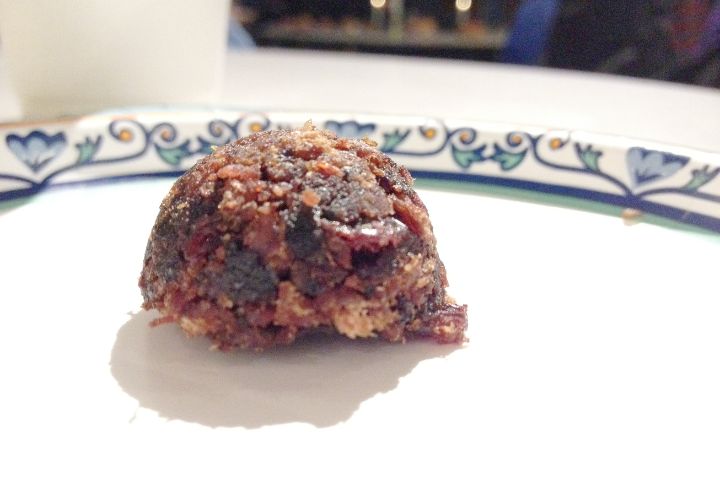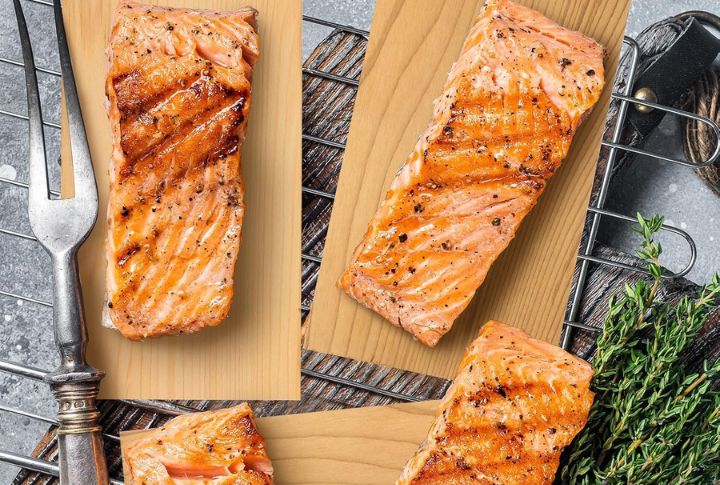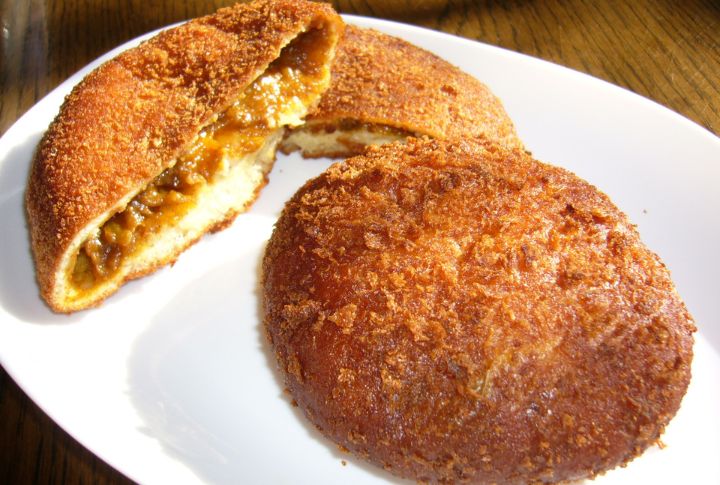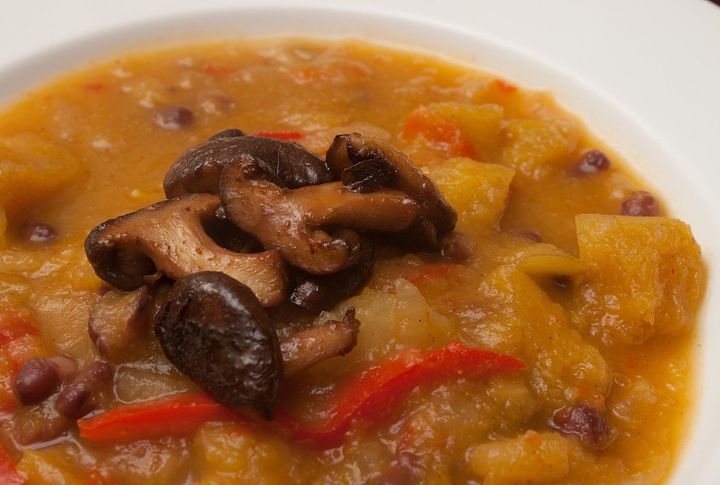
Centuries-old traditions have shaped America’s culinary roots in extraordinary ways. Nutrient-packed stews and sweet treats made using wild harvests—these preparations capture the essence of the native heritage. Here are 20 age-old recipes that offer a glimpse into their flavors, techniques, and histories.
Smoked Eel: Mohican

Individuals of the Mohican tribe smoked eel as a way to preserve its rich flavor and nutrients. After catching eel from rivers like the Hudson, they cleaned and seasoned it before hanging it over a slow-burning fire. This process not only extended the eel’s shelf life but also infused the meat with a smoky, savory depth.
Cranberry Relish: Wampanoag

The Wampanoag were among the first to introduce cranberries to the settlers. They valued the fruit for its versatility and medicinal properties. In addition, they crafted a tart and slightly sweet relish by crushing fresh cranberries and mixing them with honey or maple syrup. Cranberry relish was served alongside game or fish.
Juniper Tea: Diné (Navajo)

Juniper berries and needles were used by Diné people to craft a warming tea with earthy, aromatic notes. This tea was a daily drink and a remedy for ailments like colds and digestive issues. By boiling the berries and needles in water, the Diné tribe created a soothing brew with medicinal benefits.
Sumac Lemonade: Various Tribes

It was a beverage made from wild, vitamin-rich ingredients for hydration and nutrition. Sumac berries, known for their tart flavor, were steeped in water to create a refreshing beverage. Tribes like the Cherokee sweetened it with honey for a natural, revitalizing drink.
Pemmican: Plains Tribes

Hunters and travelers relied on pemmican as a portable food source. Plains tribes, like the Blackfoot, prepared it by mixing powdered dried bison meat with rendered fat and berries. Pemmican became a high-calorie survival food that could last for months.
Frybread: Navajo Nation

Deep-fried and adaptable, frybread came from necessity during the Navajo Long Walk. Flour, water, and lard were combined into dough and fried to create a filling staple. It has since evolved and is served with savory meats or sweet toppings that reflect the people’s resilience.
Wild Rice and Berries: Ojibwe

Hand-harvested wild rice, or manoomin, was a sacred crop for the Ojibwe. Families used canoes to collect it, knocking grains into the boat with wooden sticks. When paired with cranberries or blueberries, the dish provided energy and nutrients during long winters.
Salmon Bake: Pacific Northwest Tribes

Large salmon bakes were used to emphasize the fish’s spiritual and economic significance. Slow-roasting salmon on cedar planks was a cooking method and a tradition for Pacific Northwest tribes. Such a technique preserved the fish’s moisture and added a rich flavor.
Blue Corn Mush: Hopi

Rich in calcium, blue corn mush was combined with cornmeal, juniper ash, and water. The Hopi served it during ceremonies and everyday meals. Blue corn mush exemplifies their connection to blue corn, a crop considered sacred and essential for both physical and spiritual sustenance.
Hominy Soup: Cherokee

Nixtamalized corn, or hominy, forms the base of this traditional Cherokee dish. It was often cooked using venison or pork, creating a hearty, nutritious soup. Beyond its role in daily meals, it was central to the Green Corn Ceremony for renewal and abundance.
Bison Stew: Plains Tribes

The stew was a reminder of the animal’s importance to tribal survival. Slow-cooked bison meat, prairie turnips, and wild onions created a flavorful stew for Plains tribes. Bison provided more than meat—its bones and hides were used for tools and shelter.
Clambake: Wampanoag

Hot stones and seaweed transformed coastal ingredients into a feast. The Wampanoag layered clams, corn, and other vegetables in this ancient cooking method. These communal meals celebrated the abundance of the shoreline and fostered community bonds.
Saguaro Fruit Syrup: Tohono O’odham

Saguaro fruit syrup was a ceremonial staple, symbolizing life and renewal in the desert. A brief summer harvest of saguaro cactus fruit provided the Tohono O’odham with syrup. Long poles made of saguaro ribs helped gather the fruit, which was boiled down into a tangy concentrate.
Cedar Plank Fish: Pacific Northwest Tribes

Freshly caught fish, usually salmon, was slow-roasted on cedarwood planks by Pacific Northwest tribes. Wood imparted earthy flavors and preserved the fish’s tenderness. It was a method that highlighted their innovative cooking techniques and respect for natural materials.
Corn Pudding: Seminole

Corn pudding was served during harvest celebrations. The dish showcased the Seminole tribe’s ability to adapt and integrate new ingredients into traditional diets. Caribbean trade routes influenced the Seminole’s corn pudding recipe, which included maize, coconut milk, and honey.
Green Chili Stew: Pueblo Tribes

Roasted hatch chilis brought smoky heat to Pueblo green chili stew. They were slow-cooked in clay pots and mixed with turkey or mutton. Green Chili Stew reflects Pueblo’s expertise in cultivating resilient crops—it turns sparse desert ingredients into tasty meals.
Maple Syrup Candy: Algonquin

The dish was made during spring sap runs. Maple syrup candy provided energy during the winter and was often stored in birchbark containers for easy transport. Boiling maple sap into crystallized candy was an Algonquin innovation, preserving sap as a portable sweetener.
Chokecherry Pudding: Lakota

Lakotas used the chokecherry pudding during summer ceremonies. Foraged chokecherries were crushed with seeds to create a thick pudding high in nutrients. Its tart flavor and health benefits made it a prized seasonal delicacy, and preserved it in rawhide pouches for later use.
Stuffed Frybread: Navajo Nation

Filled with seasoned lamb, beans, or vegetables, stuffed frybread represents an evolution of the classic dish. Introduced at fairs and powwows, it quickly was a crowd favorite. Such variation highlights the Navajo’s creativity in changing traditional foods for modern gatherings.
Acorn Soup: Miwok

Acorn soup was a labor-intensive dish that sustained Miwok communities during lean seasons. Leached acorn meal was the key ingredient in Miwok acorn soup, a thick, earthy broth. Miwok people collected, shelled, and soaked acorns to remove bitterness.

